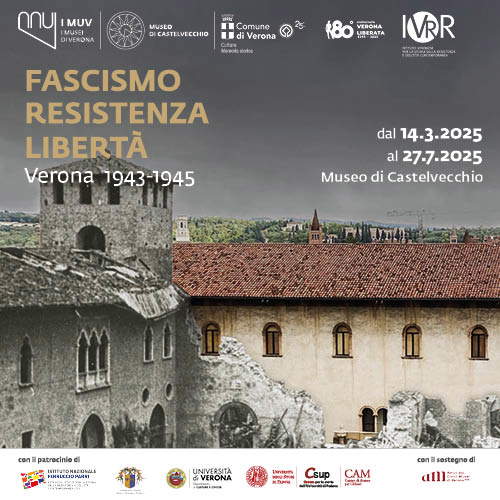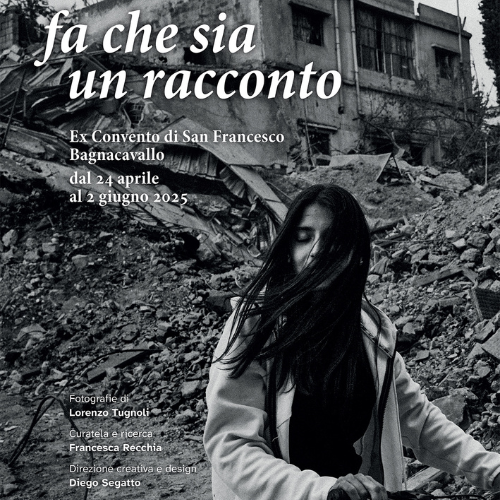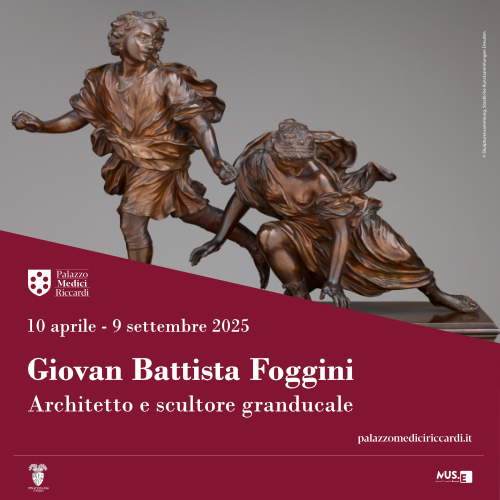Neoclassicism - Finestre sull'Arte
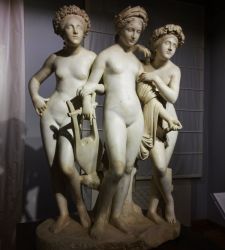
After Canova exhibition opens. Here are photos of the works
The exhibition After Canova. Paths of Sculpture in Florence and Rome, which is being held in Carrara, at Palazzo Cucchiari, until October 22. A presentation, the one that took place on Friday afternoon in the courtyard of the palace, under the banner...Read more...
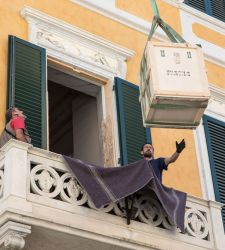
Hermitage sculptures arrive in Carrara: backstage of the exhibition After Canova
The works of Antonio Canova and other great artists of the 19th century that will be featured in the exhibition Dopo Canova. Paths of Sculpture in Florence and Rome, which will be held in the Apuan city, at Palazzo Cucchiari, from July 8 to Octob...Read more...
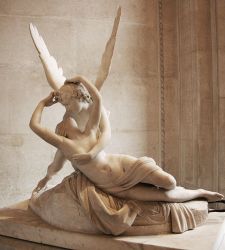
Love and Psyche lying: the story of Antonio Canova's masterpiece
A vein of sentimental delicacy connotes Antonio Canova 's (Possagno, 1757 Venice, 1822) masterpiece right from the title with which the Louvre has decided to present it to its public: Psyché ranimée par le baiser de l'Amour, or "Psyche Awak...Read more...
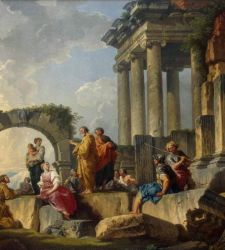
Cities of the Grand Tour: a beautiful exhibition without big names
The Giorgio Conti Foundation in Carrara continues its 2016 programming with what we can consider the year's flagship exhibition, Grand Tour Cities from the Hermitage and Apuan Landscapes from Italian Collections, curated by Sergej Androsov and Massim...Read more...
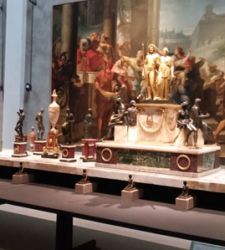
Sculpture... dining: the table triumph of Damià Campeny
From the very first moment one enters the Salone Maria Luigia of the National Gallery of Parma, one cannot help but notice what occupies the exact center of the large room that houses, on its walls, the ancient academic essays of the city's Academy o...Read more...
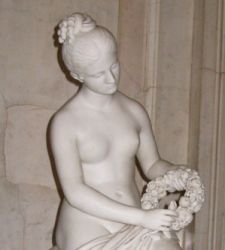
Louis Bienaimé's La Pastorella: a sweet and delicate neoclassical work
Louis Bienaimé, Shepherdess (1837; St. Petersburg, Hermitage) "A gentle Shepherdess vaguely coiffed in symmetrical group her hair, has on her forehead the most graceful thought. She meditating studiously and quietly inclines her head a little to ...Read more...
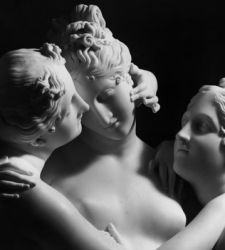
Sensuality and purity: the Three Graces of Canova and Thorvaldsen compared
When Antonio Canova created, at the invitation of Josephine de Beauharnais, his celebrated Three Graces, he actually succeeded in setting off a challenge, and the theme of the Graces represented an important test for many artists of the time: the fir...Read more...
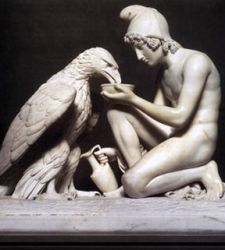
Noble simplicity and quiet grandeur: Winckelmann and the foundations of neoclassicism
One could not understand neoclassicism without referring to the figure of the main theorist of this movement that developed in the second half of the 18th century and also distinguished much of the following century: we are talking about Johann Joach...Read more...




